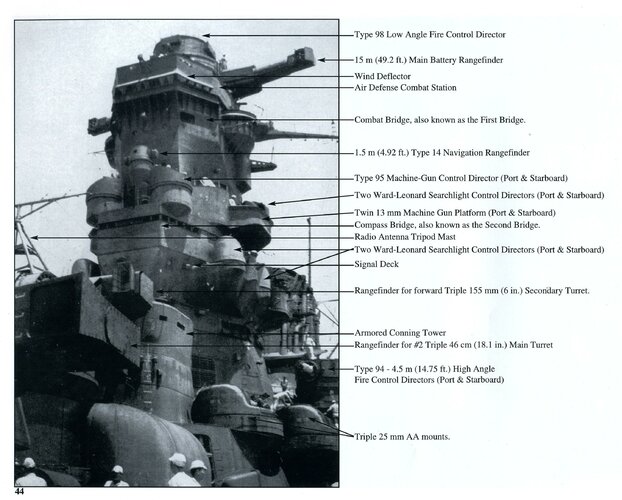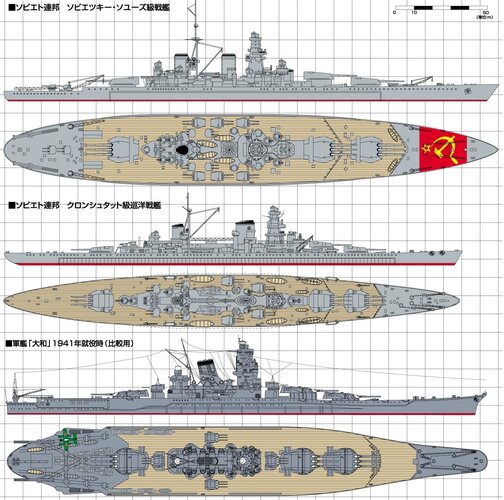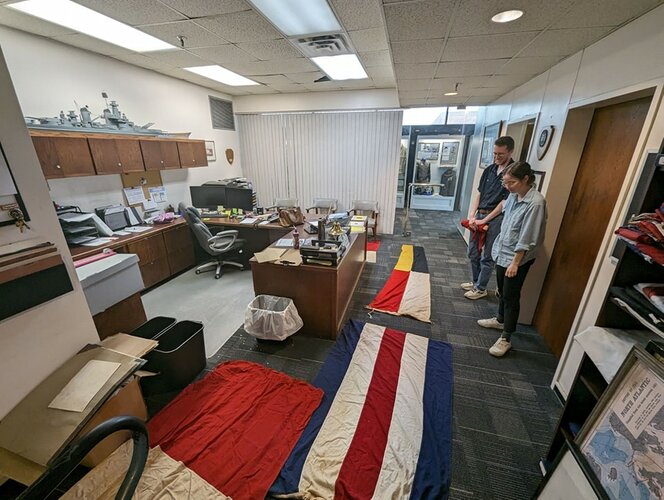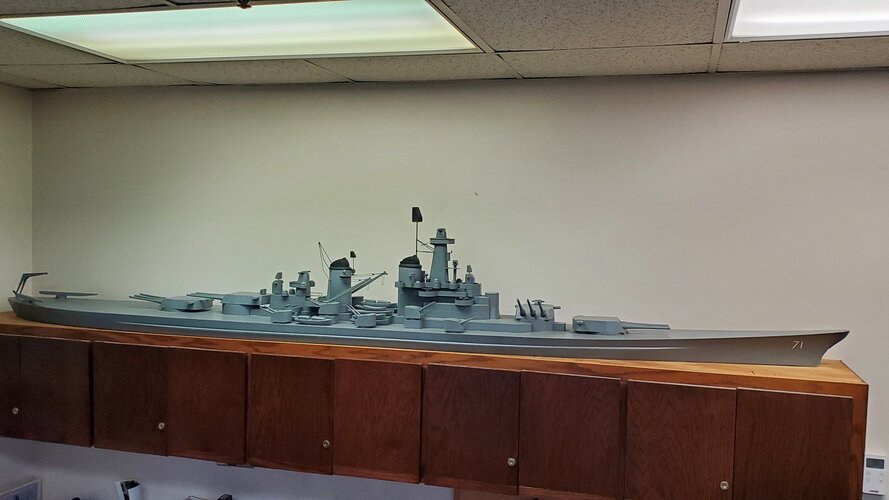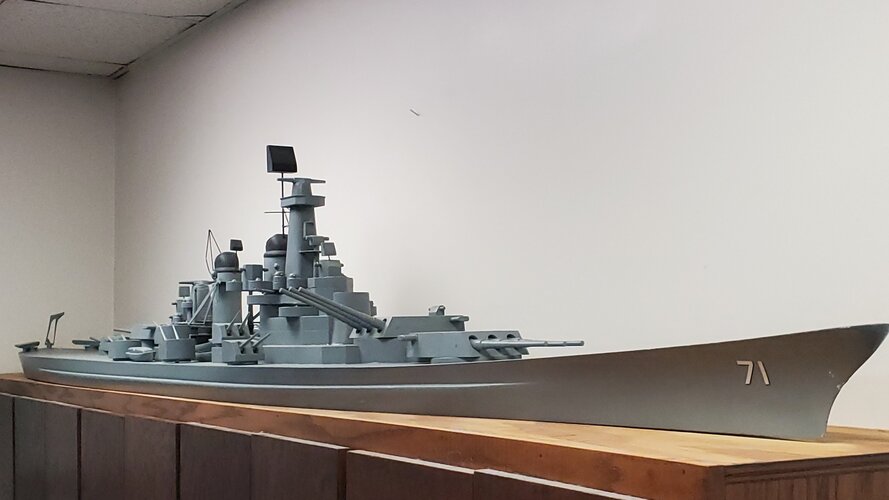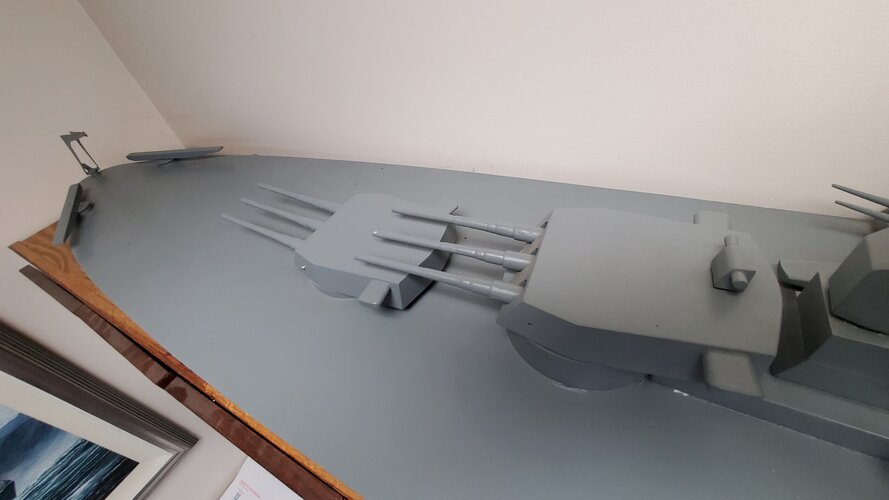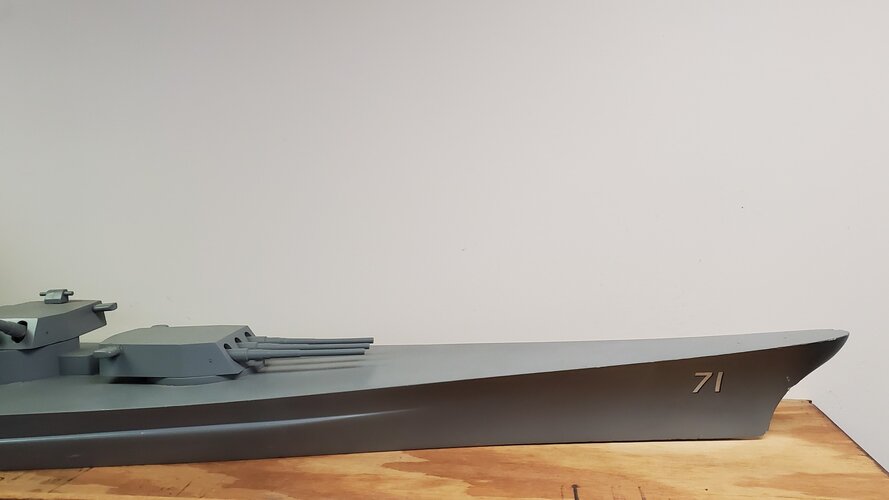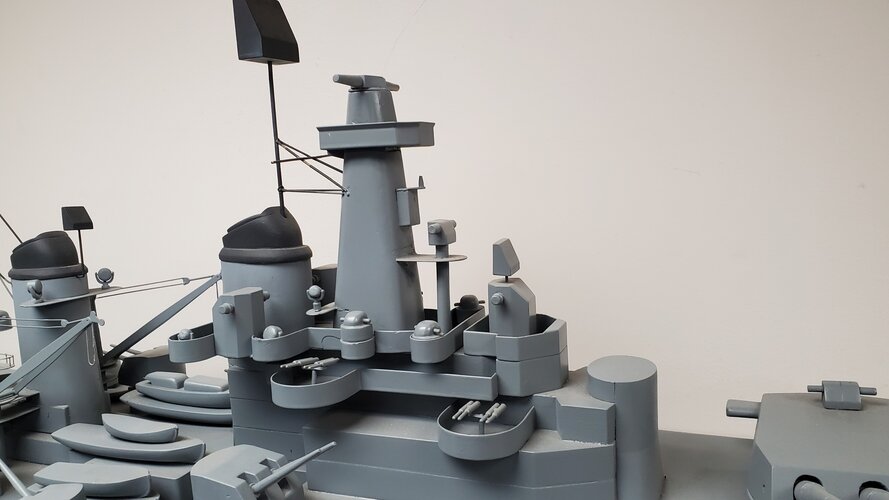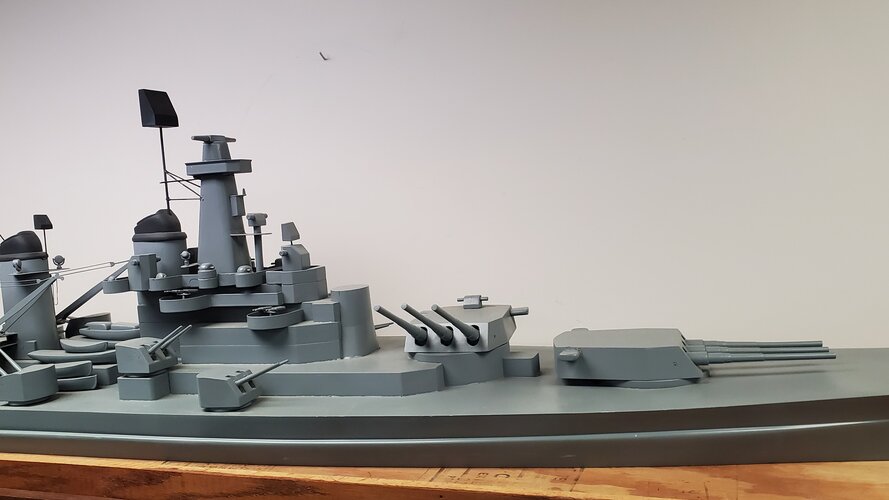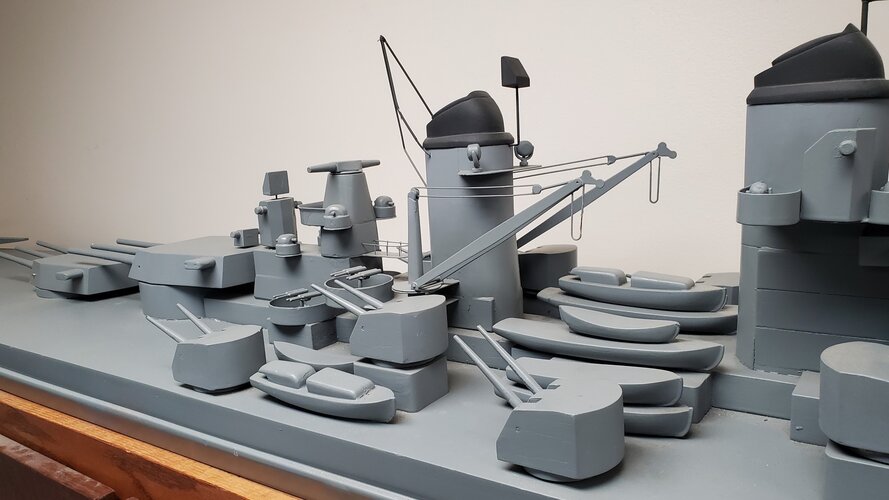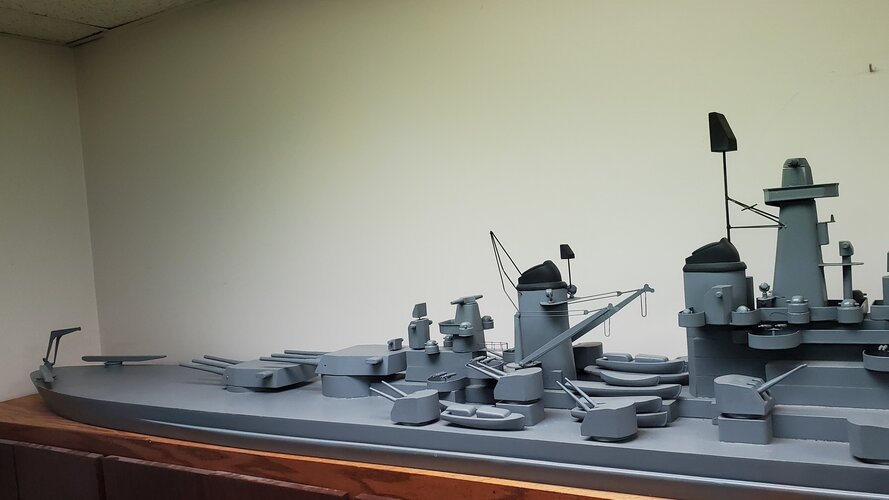What goes around comes around. What good is an early radar or US optics versus severe vibration? Wouldn't their gunnery be degraded as well?
Yes but not as much.
While the US did have issues with the early Radars.
It was after MULTIPLE FULL SALVO FIRINGS.
A full salvo is all guns firing at once more or less and was extremely rare even in combat. Partial firing and similar naval weapon engages prolong the time to breakage greatly.
With Vibration coming into factor only at full speed and only on the North Carolina Class, the South Dakota and Iowas did not have said issue as badly to effect gunnery.
A hit nearby will fucker the system on both.
But until that point?
The Yamatos be working at say a 75 percent to the Washington 80 percent degradation. Which come closer to a 50 75 split once you account for the vast differences of IJN and USN fire control practices respectfully. Resulting in the USN ship being more likely to get the first hit dispite the range disadvantages.
Throw in that more ships firing on a target vastly increases the hit chances on said target?
Multiple on 1 sucks ass no matter how you try to slice it.
Makes for amazing stories but it actually extremely hellish cause well the odds are against you in the extreme.
Before adding in doctrine difference in soft specs.
Like damage control...
Which the IJN doctrine for...
Was a case of good in theory, bad to outright actively harmful in practice.
So any hit is going to hurt more or similar despite the fire power differences. Due to being unable to bounce back as effectively after a hit.
There so many factors involve its not funny.
From the hard Specs to the Soft ones like Damcon, training and morale.
